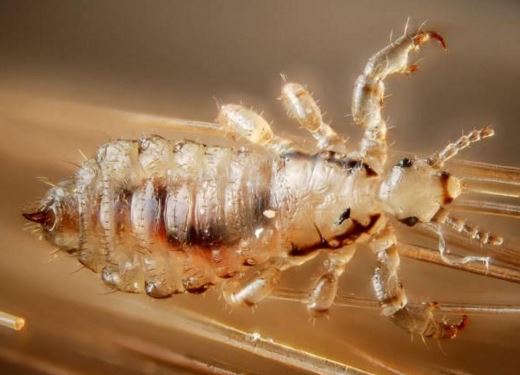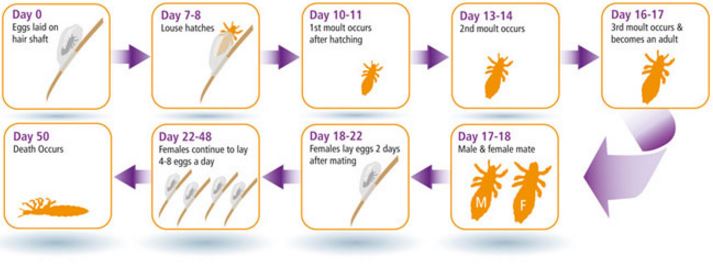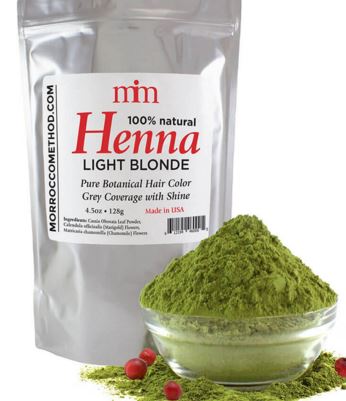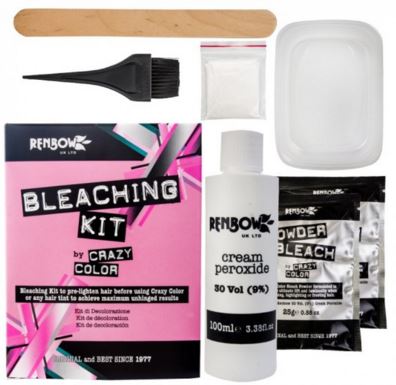Does Hair Dye Kill Lice, Nits and Lice Eggs on Head?
Although hair dyes are not an official treatment for lice, some hairdressers and ordinary people find using a hair dye to be effective in controlling lice. This is because hair dyes are mostly based on strong chemicals that are toxic for the lice and can potentially kill them.
The question here is: does it kill both lice and eggs? How much effective is it? The answer is both YES and NO. While hair dye does seem to kill lice, the chemicals of a hair dye can’t really penetrate the egg structure and kill the eggs.
That means that even if the hair dye manages to kill all of the active lice, the eggs will still remain active and hatch within 15 days and the problem will persist.
Hair Dye Lice Killing -life cycle
Does dying your hair get rid of lice and nits? Nits are actually another name for lice eggs that haven’t yet been hatched into nymphs. If you are wondering “does hair dye really kill nits?”, as mentioned earlier, there are hard to remove just by using hair dye alone as the chemicals in it can’t really penetrate the hair eggs and kill them.
But you can effectively control the problem by using a hair dye with certain ingredients, along with supplemental methods, as we will discuss below.
Hair dye ingredients that control and kill lice
The ingredients below are either natural or artificial and have been shown to be effective in killing lice, although they won’t be as effective in killing their eggs as well.

So next time you are looking for a hair dye and you see any of the ingredients listed below on its box or label (under the ingredients), it indicates that the dye is more capable of killing lice than other brands. Here they are:
1. Ammonia in hair color
Ammonia is gas chemical that dissolved into liquid and it’s used in hair dyes to open the hair cuticle to receive the hair color pigments. Ammonia is a strong chemical that seems to be effective in loosening the glue produced by the hair lice and either killing them directly, or making them easier to remove with a comb or other methods.
Caution: never attempt to use undiluted ammonia in your head as it will most probably cause adverse skin and health reactions. Just look for it as a featured ingredient in the hair dye—the higher the percentage the ammonia a hair dye has, the greater its ability to kill active lice although you have to be extra careful if you have a sensitive scalp.
2. Henna and Vaseline
Henna is an Indian Herbal that has been used for centuries as a natural hair dye has also been shown to be toxic for adult lice.
Vaseline is a by-product of petroleum or mineral oil that has been shown to “suffocate” the lice and eggs and make them easier to remove with combing.
3. Fenugreek and Artemisia
Fenugreek is herbal with strong anti-inflammatory, anti-fungal, and anti-parasitic properties. Because of its anti-parasitic action, it can be used in the fight against lice, especially used with Henna and Artemisia or black Walnut.
Another herbal compound (also known as Wormwood), with strong antimicrobial and anti-parasitic properties.
4. Black walnut and tea tree oil
A type of walnut that could be used to dye the hair a shade of dark brown and has also been shown to posses anti-parasitic properties. You can even make your own black walnut DIY hair dye to dye your hair a deep brunette shade and enjoy its anti-lice action at the same time.
Tea tree oil has been mentioned in some heath food blogs with natural lice remedies as a great addition to hair products or natural hair dyes that may potentially have anti-lice action and find infestation. Make sure though you won’t be using this undiluted as it is an essential oil that must be dissolved in a carrier base or other products.
5. Tamanu oil and Olive oil
Tamanu oil is an oil derived from the bush of Tamanu grown in the South America regions and has similar properties to tea tree oil, making it also effective against active lice.
Olive oil and other highly concentrated vegetable oils can effectively loosen the glue that holds lice together and suffocate lice, so it’s easily removed with a knit comb.
6. Coconut oil and Sea salt
Coconut oil has been shown to have strong anti-fungal and anti-parasitic properties and like Olive oil, it can suffocate and kill lice more effectively.
Sea salt is not used currently in hair dyes but it’s used in other hair products to add a beach wavy look to the hair. Sea salt can also help kill lice by drying out the glue that binds them together first and killing the lice after.
Hair Dye Brands that Kill Lice
Since many of you are probably wondering what brands carry any of these ingredients that have been shown to kill active lice, you can try any regular hair dye with a high ammonia concentration like L’Oréal Excellence or any bleaching kit that contains peroxide to lighten hair.
If you don’t want to use chemicals like Ammonia and want to dye your hair naturally, all Henna dyes and brands will work, especially those containing black walnut like this one here: http://esutras.com/herbal-spa/470-herbal-hair-care-shikakai-henna-black-walnut.html.
How to kill lice with hair dye
If you want to dye your hair and want to get rid of lice at the same time (both active lice and it, here a step-by-step guide on what to do:
Step 1: Identify the lice and knit spaces. Divide your hair into small separate sections, covering the base of your hair line, the side areas behind your ears, and the area closest to the neck. There is spray that dyes the exact location of both lice and knits if you spray thought to either dark pink or white and it is available here: https://www.neonnits.com/
Step 2: Dissolve the nit glue by applying a solution of dissolved vine vinegar and sea salt so it will be easier to kills them with hair dye and remove them afterwards.
To make this solution, simply mix around 10 drops of vinegar in one cup of water along with 1 tbsp of sea salt. Shake the mixture well and apply to your hair with the help of a spray container/distributor (make sure you empty it first as you don’t want to add any unwanted cleansing chemicals to your hair).
Step 3: Use a nit comb with fine teeth to remove the nits/eggs first. Begin by running each hair section through the comb on either dry, damp, or semi-damp hair for at least 10 minutes. There are both electrical (battery operated) and manual combs available in the market. Electronic combs are usually indicated for dry hair while manual combs are best used on damp hair that has been washed first.
Step 4: Apply your desired hair dye and follow the instructions on the package. Usually you’ll need to mix in the hair dye with the bleaching agent first well and then apply with your hair with a special brush or applicator, found in DIY hair dye kits.
If you are using a high-ammonia hair dye, make sure you don’t leave it for more than an hour as you’ll damage your hair and you won’t get any additional extra lice action. On the contrary, natural hair dyes with Henna could be left to your hair for more than an hour, as they don’t contain any harsh chemicals.
Step 5: Wash your hair well with anti-lice shampoo and conditioner. This will reinforce the action of the previous steps and catch any remaining lice and nits. Make sure you leave the shampoo and conditioner on your hair for at least a couple of minutes so it has a chance to work even more effectively. Rinse as usual.
Step 6 (optional): Following the above steps should be enough to kill most if not all lice and their eggs, but if you want to make sure that there is really nothing left and all nits are dead, you can comb through your hair another time with a fine tooth lice comb., prior drying it.
Remember that for the hair dye to be effective, you must take the necessary steps to both loosen the glue that holds then together and kill the eggs so they don’t hatch after 2 weeks, making the problem go on.


